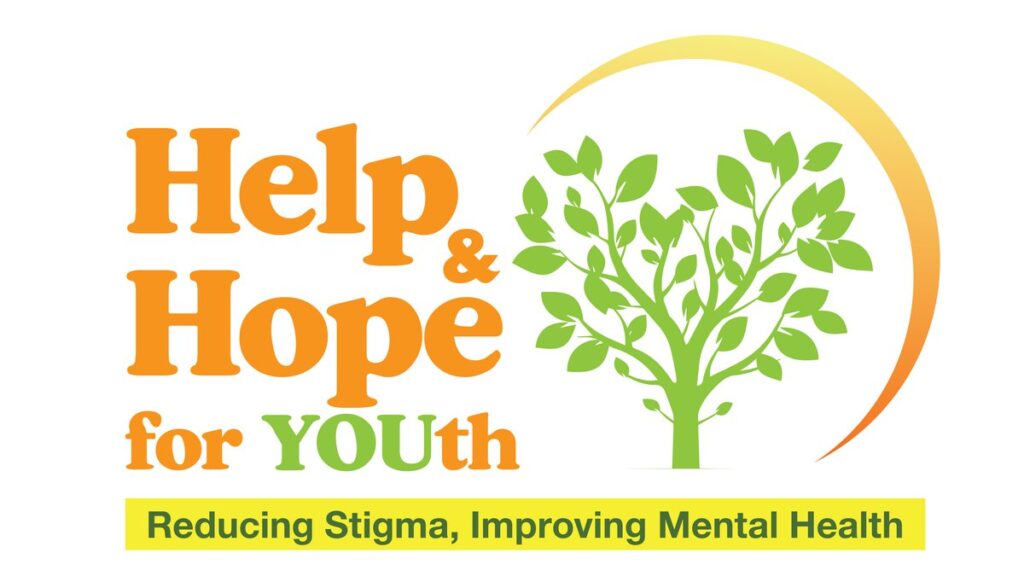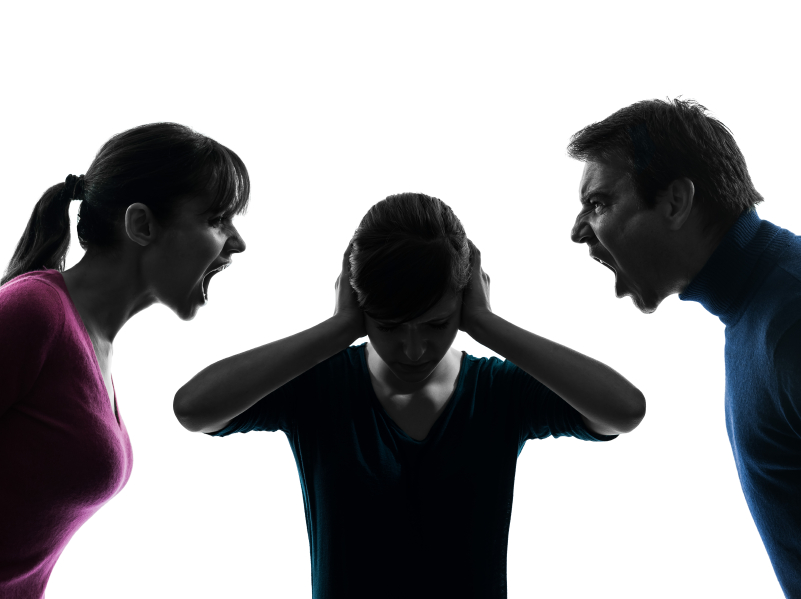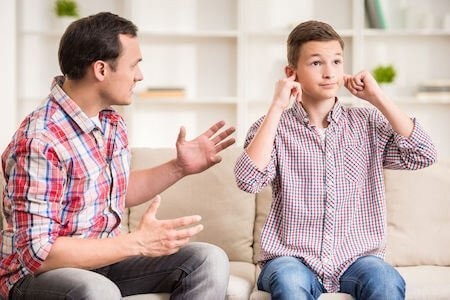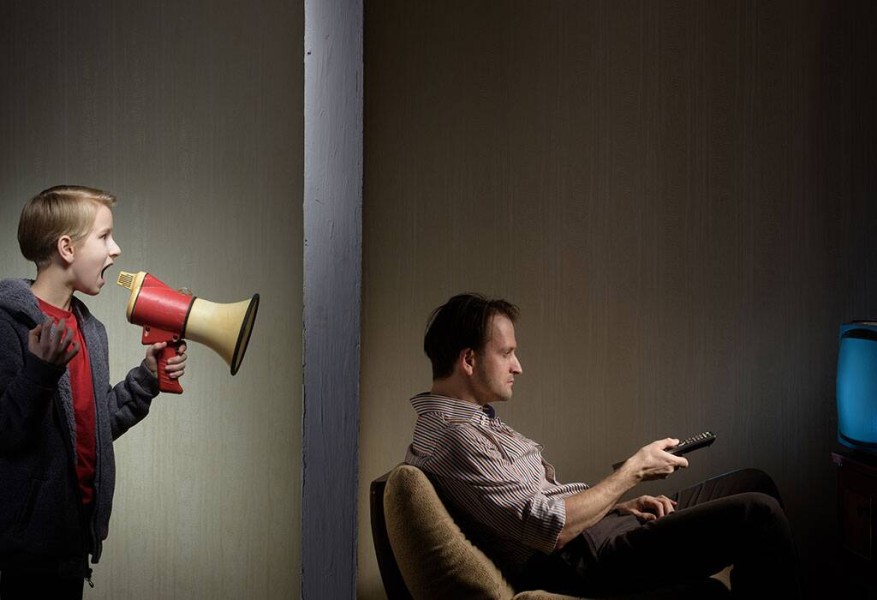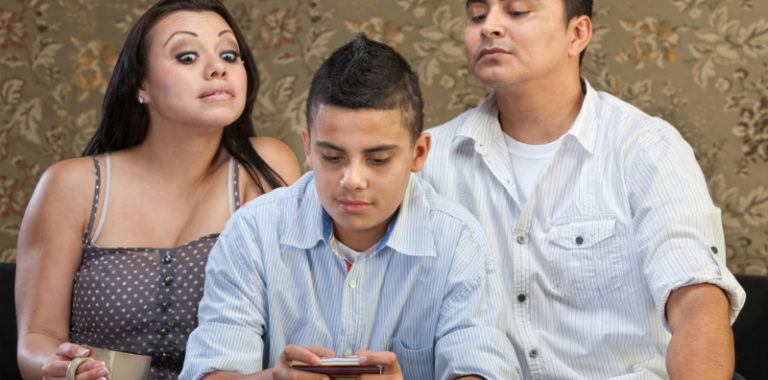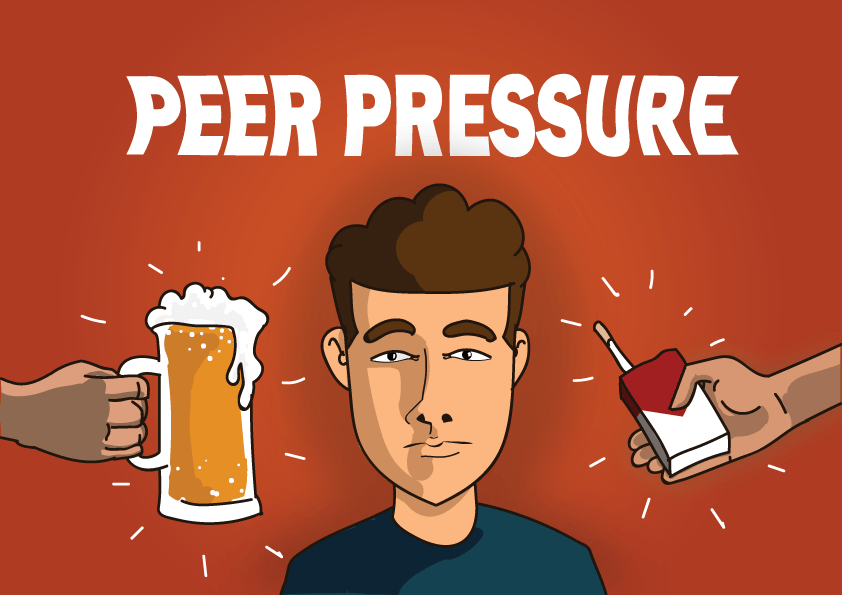A Guide to Help Youth with Alcohol Use and Abuse

Ravi and Kishore tiptoed down the steps a few minutes after 1 am. Ravi led his friend into the far corner of the room they called the study, though no one did any studying in there. A metallic click echoed in the room as twelve-year-old Ravi turned the key in his dad’s liquor cabinet.
“He’s going to know you got in here,” Kishore warned.
“No way,” Ravi insisted. “I only take what I know he won’t miss.” He reached around a few bottles in the front and drew out a bottle of vodka. He unscrewed the cap, placed the bottle to his mouth, and swallowed a mouthful of the clear liquid. He passed it to Kishore, and the two drank a few more swallows before returning the bottle to the cabinet.
Ravi’s late-night adventure with Kishore soon became a regular event when Kishore visited or stayed the night. Before long, Ravi snuck liquor from his father’s cabinet when he was home alone too. By the time he was fourteen he was drinking every day. Ravi had few friends besides Kishore, and most evenings he spent alone at home while his father worked late, and his mom went to work or market or wherever his father wasn’t home. It seemed to Ravi like he was always lonely and bored, and the booze somehow helped to fill the void. It made him feel warm and secure, somehow.
Neither his father-whom Ravi suspected was an alcoholic-nor his mother seemed to notice the alcohol that disappears with regularity from the house. If they did, they never commented on it.
Problem of Alcohol Use and Abuse
As many as 1,000 youths in the age group of 16 to 21 years, from cities including Mumbai, Pune, Delhi, Kolkata, Rajasthan, were surveyed. It was revealed that 75% youth consumed alcoholic drinks before turning 21, the legal age for drinking. Almost 88 per cent youth tried some of the other addiction between 16 and 18 years of age, the report said.
According to the Global Burden of Diseases, Injuries, and Risk Factors Study (GBD) 2019, among adolescents and young adults (aged 10–24 years), alcohol-attributable burden is second highest among all risk factors contributing to disability-adjusted life years in this age group.
Alcohol consumption in adolescents results in a range of adverse outcomes across several domains and includes road traffic accidents and other non-intentional injuries, violence, mental health problems, intentional self-harm and suicide, HIV and other infectious diseases, poor school performance and drop-out, and poor employment opportunities.
Adolescent alcohol abuse has become a devastating epidemic.
Thomas Seessel, executive director of the National Council on Alcoholism, also said, nearly 100,000 twelve- and thirteen-year-olds get drunk at least once a Week.
It begins, of course, with experimentation. A preteen or teen discovers a bottle of wine in the refrigerator or is induced to sample beer at friend’s house. Many young people, after such experimentation, find their curiosity satisfied and thereafter abstain from alcohol. Others, However, continue to drink, sharing a six-pack of beer in a friend’s car or sneaking a few swigs from the bottle of champagne in the refrigerator.
Some of those become problem drinkers, occasionally drinking to get drunk, perhaps even driving while intoxicated. Still others succumb to alcoholism.
Frank Moran, manager of adolescent services at the McDonald Treatment Center of Scripps Memorial Hospital, summarizes all the statistics and studies with a warning,
It’s hard to get an accurate picture of alcohol abuse from kids but the reality is that thousands of preteens are halfway down the road to disaster? And many teens have already arrived.
Causes of Alcohol Use and Abuse
Complex problems rarely have simple causes, and alcoholism is a complex problem. Mental health and health care professionals differ as to the primary causes of alcoholism, but the following are generally acknowledged as factors:
Physiology
Numerous studies support the view that alcoholism springs from a physiological source. That is, some people possess an inborn predisposition toward alcoholism. This predisposition may never be discovered in people who never experiment with alcohol; but for physiological reasons those who do will experience a different reaction to alcohol than many of their friends.
Background
Psychologist Gary Collins points to three factors that can affect the likelihood of alcoholism:
a. Parental Models
How parents behave often influences the subsequent behavior of children. When parents drink excessively or abuse drugs, children sometimes vow to completely abstain. More often, however, they follow the parental example. It has been estimated that “without intervention, 40 to 60 percent of children of alcoholic parents become alcoholics themselves.”
b. Parental Attitude
Parental permissiveness and parental rejections can both stimulate chemical use and abuse. When parents don’t care whether or not the children drink, there is no concern about the dangers of drugs or alcohol and misuse often follows. . . .
c. Cultural Expectation
If a culture or subcultural group has clear guidelines about the use of alcohol or drugs, abuse is less likely. Among conservative communities, for example, young people are discouraged to drink, drunkenness is condemned, and the rate of Alcoholism is low. In contrast, our general cultures are more tolerant of drunkenness . . Since “getting high” is the “in” thing to do, conditions are set up which leads many to alcohol abuse.
Outside Influences
Another contributing factor to alcoholism is the influence of outside forces such as a dysfunctional family environment, peer pressure, and stress from social problems. Many people, of course, have endured peer pressure or severe stress without becoming alcoholics, but these are among the factors that can influence a young person’s abuse of alcohol.
Effects of Alcohol Use and Abuse
Many people assume they know the effects of alcoholism: drunkenness and debauchery. Such an assumption, however, is not only incomplete, it is incorrect. A drunken person is not always an alcoholic, and some alcoholics are seldom visibly drunk. There are, however, some effects of alcoholism that can be generally applied.
Anguish
Alcoholics frequently experience a combination of physical and mental pain that can only be characterized as anguish. The alcoholic wonders if he or she is going crazy, fearing that he or she has lost control-or will soon. The alcoholic becomes intensely frustrated about his life. He begins to think God has deserted him or is actively seeking to punish him. Steve Arterburn, author of Growing Up Addicted, says,
“It is as If a big black cloud of everything negative and unpleasant about life is hovering over the alcoholic.”
Confusion and Disorientation
The alcoholic will experience a variety of mental effects. A brilliant student may find it difficult or impossible to focus her mind. She may routinely forget names, dates, details, and appointments. She may even experience occasional blackouts (a blackout, not to be confused with passing out, is a state in which a person who appears to be functioning consciously and normally cannot later recall anything that happened during the blackout period). The blackout is considered by many experts to be a primary indicator of alcoholism.
Loss of Control
Loss of control is the classic indicator for alcoholism.
Author Steve Arterburn also writes further,
Loss of control is characterized by the inability to predict the drinking behavior once the drinking has begun. It doesn’t mean that a person can’t stop drinking for two or three weeks. When the drinking does begin, the desired two drinks become the uncontrollable twenty. . . [It] also refers to the inability to control emotions. . . . The alcoholic may find himself or herself breaking into tears or uproarious laughter at inappropriate times.
Depression
An alcoholic is well acquainted with depression a bout of severe and prolonged sadness and hopelessness. (See also Depression – Bijoyful). He feels paralyzed, pathetic, and powerless to regain his grip on life, and that sense of helplessness compels him to drink, which increases his depression. The pair of such emotions, heightened by the chemical affecting his system, often exceeds that of other forms of depression.
Low Self-Esteem
An alcoholic will typically experience fatal bows to his or her self-esteem. She will feel that her life is a mess, that she made it that way, and that she is powerless to turn it around. She will often conclude that if she were worth anything, if she had any character at all, she wouldn’t be in the shape she’s in. She feels as though she has no will power, no strength, no worth. She will believe that the friends she’s lost, the tests she’s failed, the people she’s disappointed have all been deserved, because she is worthless. Tragically, such feelings of low self-worth tend only to drive her to drink, which in turn deepens her convictions of worthlessness. (See also Unhealthy Self-Esteem – Bijoyful)
Personality Distortion
An alcoholic typically becomes nearly unrecognizable to many families and friends, “another person” from the person he or she “used to be.” Things that once were priorities are no longer important. Former values and interests are abandoned. A young woman who once took meticulous care of her appearance may often appear frumpy and disheveled; a young man who once seemed devoted to the piano may appear unconcerned with music.
Arrested Maturity
Alcohol stunts emotional growth.
A teen (for preteen) alcoholic will suffer from arrested maturity. “Alcohol stunts emotional growth,” says one professional in the field. “Kids who drink heavily don’t develop the judgment or coping skills they need as adults.” The alcoholic may become easily distressed, easily angered, and easily offended, often like a child many years his or her junior. The path toward emotional and social maturity may not only be stunted; it may actually be reversed.
Guilt and Shame
In alcoholics guilt seems to prevail over all the other emotions.
An alcoholic may feel guilt over his conviction (often encouraged by family, community, etc) that his alcoholism was self-inflicted. His alcoholism may have separated him from family, friends, and even from God. He may know his periodic drunkenness to be a sin forbidden and condemned in his belief. Such things are likely to engender deep feelings of guilt. (See also Guilt – Bijoyful). Inasmuch as he equates his actions with himself and his disorder with his person, he will also feel shame- shame because he is an alcoholic, because he is a “drunk”, because he is a “failure,” because he’s not “normal”- in his own eyes and often in the eyes of others.
Remorse
Remorse focuses on the harm the person has caused something or someone else.
An alcoholic will frequently be overcome with remorse. Whereas guilt focuses on a person’s acts and shame focuses on the person’s self, remorse focuses on the harm the person has caused something or someone else. She may be remorseful over the tears her mother has shed on her behalf. She may feel remorse for the lie that have hurt her friends. She may deeply regret the embarrassment she has caused her family or trouble she feels she’s caused her people. Such remorse, combined with guilt and shame, can prompt a person to sincere repentance-or total despair.
Alienation and Isolation
Many of the above effects- low self-esteem, depression, guilt, shame, remorse-can create a crippling sense of alienation in the young alcoholic’s mind and heart. He or she feels alone, unable to get close to anyone, unable to seek help from anyone. Arterburn writes:
The alcoholic, alienated from God and others, is left to suffer alone…. “They don’t really care.” “He hasn’t been through what I’ve been through.” “How could you help someone like me?” All become the battle cries of continued alienation. One by one the alcoholic figures out some excuse to push everyone out of his or her life.
Despair
A young person who is in the advanced stages of alcoholism will sooner or later succumb to despair. The situation appears hopeless. Life is effectively over. There seems to be no way out. Many alcoholics at this point succeed at suicide. Even if they do not, however, the outlook-apart from intervention- is bleak. “The progression.” Arterburn says, “100 percent of the time, ends in death from disease, an accident, suicide, or total insanity.”
Response to the Problem of Alcohol Use and Abuse
A young person who is struggling with alcoholism is in acute and urgent need of help. Even if the youth has not progressed far into alcoholism, even if he or she does not perceive his or her own need of help, the youth leader or caring adult must wisely and diligently seek to bring help and healing. Before detailing a- plan of response, it might be helpful to quote Collins’s list of things that will not help: criticism, coaxing, making the person promise to stop, threats, hiding or destroying the alcohol. . . . urging the use of will power, preaching, or instilling guilt. The following suggestions may, however, assist the youth leader:
LISTEN.
Listen closely, not only to what the young person says but to what his or her words and actions indicate. Keep in mind that alcoholics (even young ones) are often masters of denial and manipulation. Resist the temptation to preach or argue; instead, try to communicate nonverbally (“If the addict collapses on the living room floor,” Collins suggests, “leave him or her there rather than helping the person into bed) or by the use of nonthreatening questions (“Can you tell me more?” or “Why are you angry?”).
EMPATHIZE.
Let your gentleness be known.
Try to see beyond the young person’s words or actions to imagine what he or she is feeling and thinking. Strive to focus (at least initially) on understanding, not on correction. “Let your gentleness be known” to the young man or woman, and be alert to ways to communicate your empathy and willingness to understand, such as:
- Being available to the youth.
- Making eye contact.
- Leaning slightly forward in your chair as he or she talks.
- Nodding to indicate understanding.
- Reflecting key statements.
- Waiting patiently through silence, anger, or tears.
AFFIRM.
Be very careful to remember that most alcoholics experience intense anxiety and low self-esteem. Consequently, be careful not to criticize or condemn the young person; instead, communicate your acceptance of and appreciation for him or her (although not of his or her behavior). Be gentle, accepting, affirming- but not naive -in your approach.
DIRECT.
The concerned adult can most help a young person struggling with alcohol abuse by offering the following direction:
- Gently but firmly guide the young person to recognize and admit the problem. The following eight questions may help:
- Do you sometimes look forward to drinking when you should be doing something else?
- When you are drinking, do you drink as much as you can as quickly as possible?
- Do you ever end up drinking more than you (or others) think you should? (A “yes” answer to this question indicates a 90 percent likelihood of a drinking problem)
- Do you ever drink alone (not necessarily physically alone; others may be present but not involved with the drinker)?
- Do you try to protect your supply of alcohol in order to make sure you’re not “short” when you need it?
- When you’re upset or sad, do you ever think, “If I could just have a drink, I’d feel better”?
- Are you able to drink more than you used to while remaining remarkably functional?
- Do you ever have trouble remembering things you did or said while drinking?
If the young person answers “yes” to four or more of the above questions, it is likely that he or she has a drinking problem. If the youth refuses to answer honestly or is resistant, offer calm but consistent evidence sticking as much as possible to a non-threatening questioning style. Present specific examples (“Did you intend to lose control last night?”) rather than general accusations (“You’re never sober anymore!”).
2. Turn the young person towards God. Lead him or her to confession and repentance of sin, and help the young person receive and acknowledge God’s love and forgiveness. Impress upon the youth that there is grace and strength in a relationship with God. Guide him or her to the establishment of a daily habit of prayer.
3. Inform and involve the youth’s parents. As early as possible, the young person’s parents must become involved. Though sometimes parents are reluctant to face the truth of a son or daughter’s problem, their cooperation and support will be central to effective treatment and recovery.
4. Review the options for treatment. Help the youth (and parents) to consider medical intervention, support groups (such as Alcoholics Anonymous), and other forms of treatment. One of the most effective ways of accomplishing this by suggesting “either/or” options (“Would you feel more comfortable seeing your family physician about the problem or would you like me to suggest someone?”)
ENLIST.
Once the youth has faced his or her problem (which may take considerable time and effort- for both of you) concentrate your efforts on enlisting him or her in planning for recovery. Offer gentle prodding and guidance, as warranted, but gain as much participation from the youth as possible. Though he or she may at first feel powerless, steer the teen toward solutions, but be sure the youth “owns” whatever decisions are made.
REFER.
Teen alcoholism is a complex and critical problem. It is imperative that, as quickly as possible, the youth be referred to a qualified professional who can offer counsel and guidance. Under no circumstances should you let an alcoholic try to overcome his or her alcoholism without considerable and professional help There is a wide variety of organizations (like Alcoholics Anonymous) and treatment programs that can help, and an informed physician or psychologist can help the youth and the youth leader connect with such resources.
Was this article helpful to you…? if yes, do subscribe and share in your connections, so that it reaches all who has a young person to care for. If you have any questions related to Alcohol Use and Abuse or any problems faced by young people, write to us at info@bijoyful.com
In case you want us to discuss about specific problems faced by young people, leave a comment below and we will try and come up with an article to help you.
Bijo Joseph is the founder of Bijoyful Foundation, a faith-based charitable organization. (357152/sec. 8 co.) that aims to deliver positive changes in the lives of young people troubled with adverse mental health, addiction or other life challenges through range of strength-based, recovery, livelihood programs and support offered by counsellors, social workers and volunteers. He has the youth leadership experience of 17 years and with educational foundation from TISS, Mumbai & IIM Calcutta.

